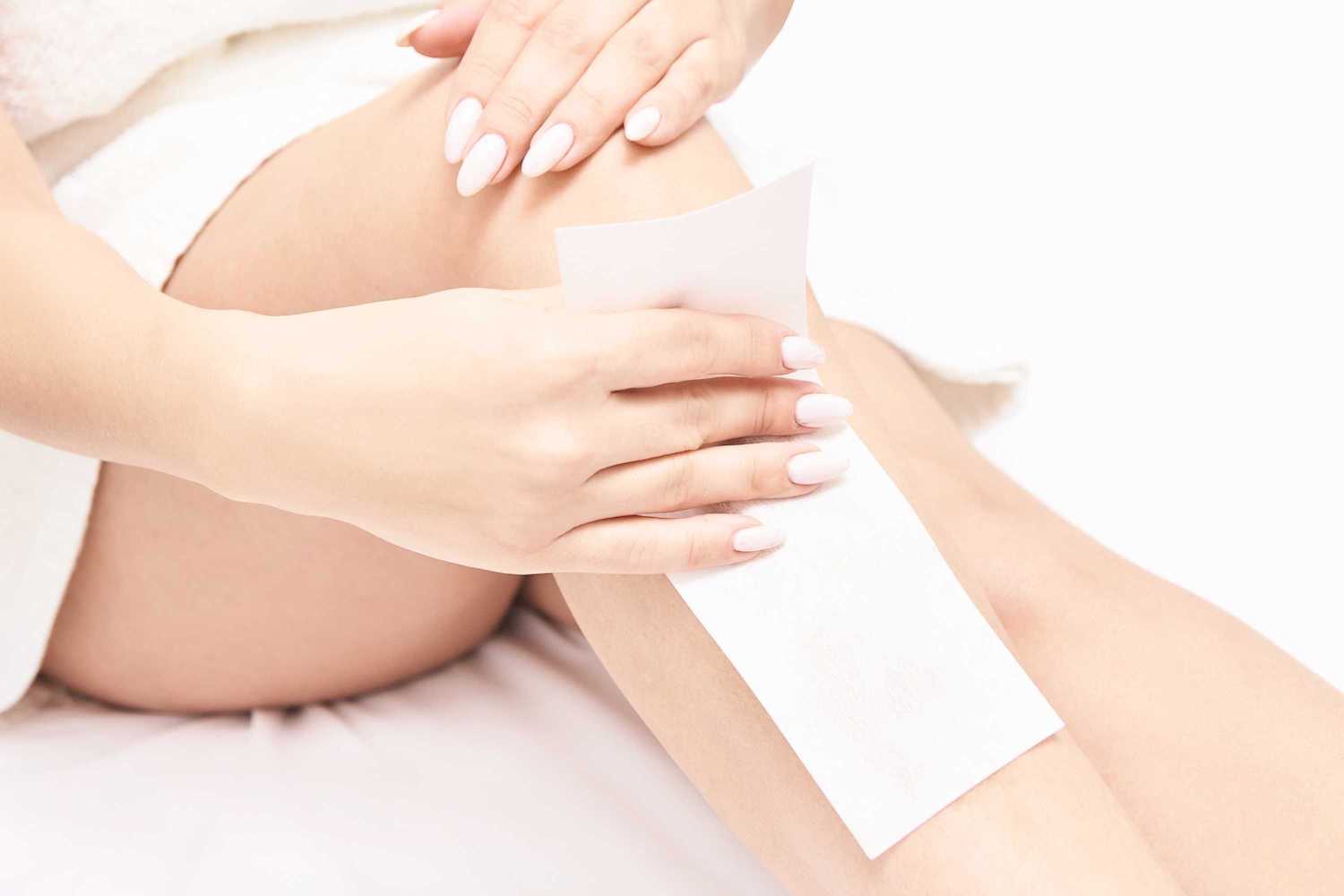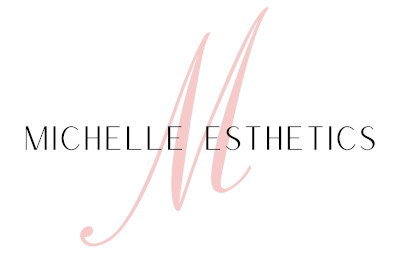
Hair Waxing at Michelle Esthetics
At Michelle Esthetics, all treatments are designed to deliver breathtaking results. When visiting a medical spa we believe that the experience is just as important as the treatment, our professionals receive advanced ongoing training to ensure they have the most up to date information about services we provide. Contact us for a Free Consultation.
Hair Waxing Media and Glen Mills, PA
Hair waxing is a well-established esthetic procedure that yields consistent results. Many women opt for waxing because it offers a safe alternative with better results than shaving and DIY at-home hair removal methods.
Though it’s long-lasting and non-invasive, many women are hesitant about waxing due to popular misconceptions about the procedure. Learning about the reality of hair waxing will give you the confidence to schedule your first appointment. For many women, waxing becomes a standard component of their beauty and wellness routine.
This article discusses what makes someone a good candidate for waxing, the different types of waxing, and aftercare tips to help you optimize your results. Learning about the procedure will help you make the best decision for your cosmetic goals.
Questions? Call us at
What is Hair Waxing?
Hair waxing is the esthetic practice of applying wax to the skin over unwanted hair. The application then bonds to the body hair. When the esthetician removes the body wax using a strip, it carries unwanted hair away at the root and eliminates its appearance at the surface.
Waxing for beauty dates back to the ancient Egyptians, who used beeswax and sugar wax for hair removal. Modern waxing began in the 1960s with wax strips for the arms and legs. Today, there are multiple options for smooth and comfortable waxing.
Benefits of Waxing
Undergoing professional, traditional waxing offers multiple benefits that you can’t enjoy with at-home treatment or DIY hair removal kits. The results will last three to four weeks, depending on your skin type and the rapidity of your hair’s regrowth.
While shaving and at-home depilatory creams remove hair above the skin surface, waxing removes the roots. As a result, your hair must regrow from nothing before it is visible.
In addition, waxing exfoliates the skin in a way other methods cannot. Beyond removing hair, the wax provides skincare benefits by removing dead skin and damaged skin cells. Many women report smoother and brighter skin following their waxing appointments.
While the procedure causes moderate pain, it does not irritate the skin as much as other methods. Razor burn and skin irritation from topical hair removal creams are very common.
These methods can redden and dry out the treated areas. Skilled estheticians can administer waxing that minimally irritates the skin beyond the first 24 hours after the procedure.
Finally, waxing causes unwanted hair to regrow thinner (not necessarily creating entirely hair-free areas post-waxing). By removing the hair at the follicle, the strands of hair must regrow completely. This process results in finer hair replacing what the prior waxing removed.
Side Effects of Waxing
The main side effects of waxing are pain, skin irritation, and redness. These conditions usually go away within a few days of the session. The side effects usually become shorter and less pronounced if you wax routinely.
Some women may experience rashes after the procedure. This reaction can result from excessive irritation or an allergy to the wax. Rashes are more common for women with sensitive skin or a history of allergies.
All hair removal techniques, including waxing, can cause bumps and ingrown hair follicles. You should talk to your esthetician and doctor if you have a history of ingrown hairs before undergoing a wax.
In rare cases, infections, scarring, and burning are possible. These serious adverse events occur with waxing performed by untrained individuals in salons rather than med spas or dermatology clinics.
Infections result from metal rather than wooden tools being used to apply wax. While the wax is heated, it does not reach a temperature to kill germs. If the provider reuses tools on multiple clients, they contaminate the wax and spread germs.
What Makes a Good Candidate for Waxing?
Good candidates for waxing have healthy skin, and their hair is at least a quarter of an inch long. This length allows enough space for the wax to bond. While everyone’s pain threshold differs, most women report that waxing causes moderate pain but is worth the results.
Those who are menstruating should wait to schedule waxing because of increased sensitivity. Most professionals also recommend that pregnant women avoid waxing during the third trimester because of altered pain perception from hormonal changes.
Women with sensitive skin or who take hormone replacement therapy or antibiotics may not be good candidates for waxing.
Types of Waxing
While there are standard types of waxes, it’s always best to clarify what each wax entails when booking a service. You may opt to wax your upper lip, underarms, larger areas, or even your full body. Your esthetician will want to help you meet your appearance goals, so ask them any questions you may have about types of waxing products, the procedure, safety, and aftercare.
Bikini Line
A Bikini line wax removes the hair along the border of your panty line. This wax leaves hair on the skin above the pubic bone, called the mons. This method eliminates stray hairs that can appear outside where your swimsuit rests. Many providers recommend this as a first-time option so clients can familiarize themselves with waxing.
Bikini Full
A full bikini wax removes the same hair as a bikini line wax and additional hair from the mons and lower pubic areas. You and your esthetician can determine how to shape the hair left in the bikini area. Some women leave a triangle, patch, or narrow strip of hair.
Brazilian
A Brazilian wax removes everything from the mons and lower pubic area. It also includes the vulva, butt strip, and upper thighs to create a completely bare look. Estheticians generally use a hard wax that grips the hair but not the skin during a Brazilian. This type minimizes pain due to the sensitivity of the waxed areas.
Californian
A Californian wax, sometimes called an Extended bikini wax, removes the same hair as a full bikini wax, extends further down the upper thighs, and includes the labia. You may leave as much or as little hair as you choose.
Hair Waxing Aftercare
The area will be sensitive immediately following the wax and for a day or so after. Properly treating the skin will minimize discomfort and maximize the results from your wax. It’s best to wear loose-fitting clothes and underwear to the appointment and in the following days.
Avoid sex, strenuous exercise, swimming, and baths for 24 hours after the procedure. This window allows any microdamage caused by waxing to heal. Do not tan during the first few days because the exfoliating effect leaves the skin vulnerable to the sun and UV light.
If the area is uncomfortable, red, or irritated, you can apply hydrocortisone cream, aloe, or cold compresses to ease symptoms. For most people, the redness goes away overnight. If these signs last more than a few days or worsen, check with your doctor to rule out possible infection.
Don’t shave the area or pluck any stray hairs after your wax. This spot work can increase the chances of ingrown hairs. It’s also important not to itch the area because friction can cause microtears. Most women report itchiness is less frequent the longer they wax. After the first 24 hours, you can resume your usual exfoliation routine to reduce itchiness.
FAQ
Is it good to wax hair?
While the procedure can be painful, waxing results last for three to four weeks while also exfoliating the skin. Waxing is often gentler on the skin than topical hair removal creams and causes less irritation than shaving.
Is it good to wax pubic hair?
Is it better to shave or wax?
By removing hair and its roots and cleansing the skin of dead cells, waxing provides smoother results and exfoliation that shaving cannot accomplish. Many women never return to shaving once they book a waxing session because of the procedure’s effectiveness.
Does waxing eventually stop hair growth?
Is getting waxed embarrassing?
Let the provider know if you feel uncomfortable before or during your waxing.
